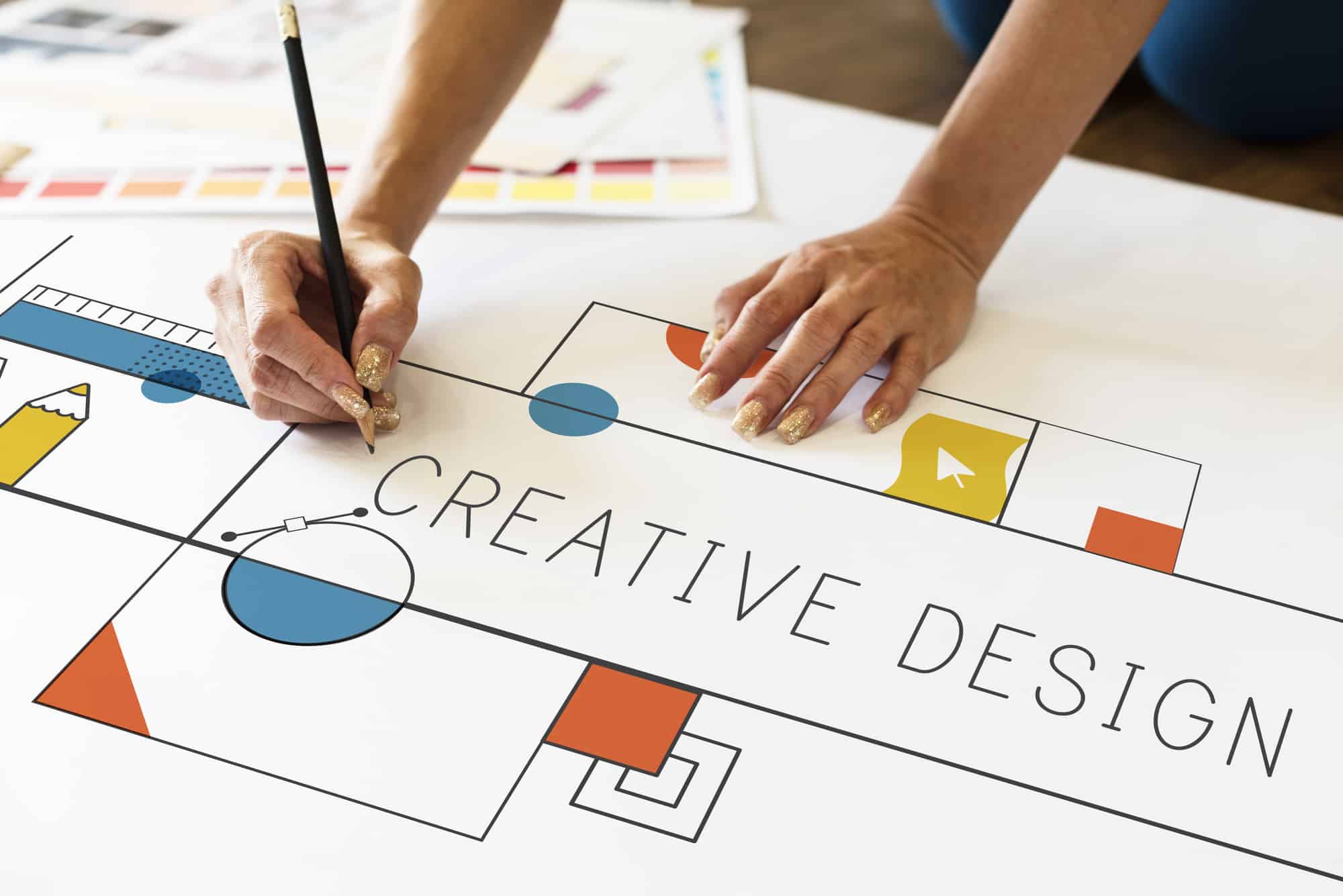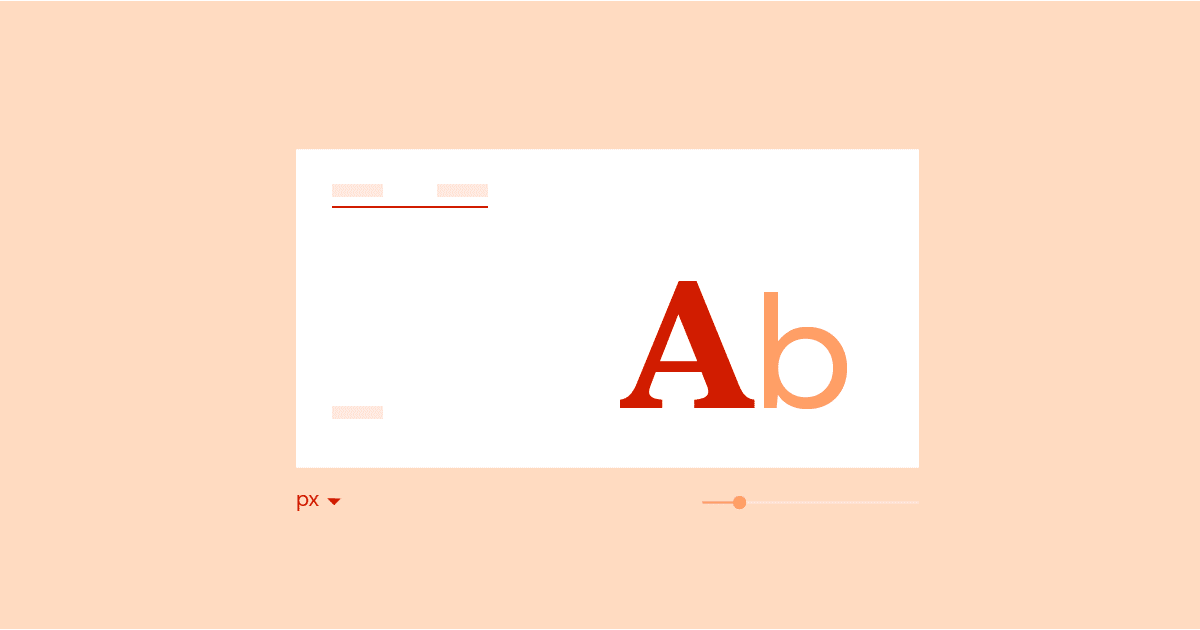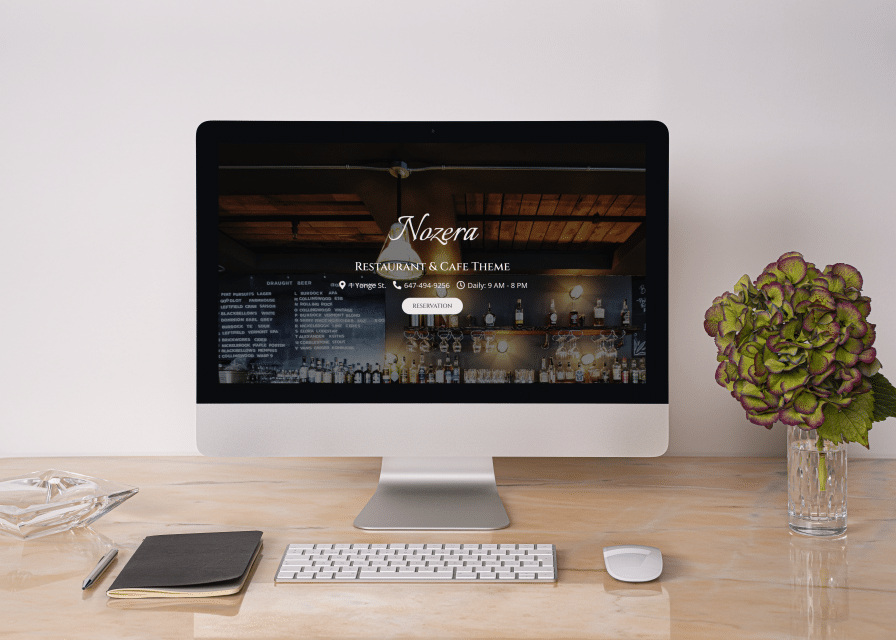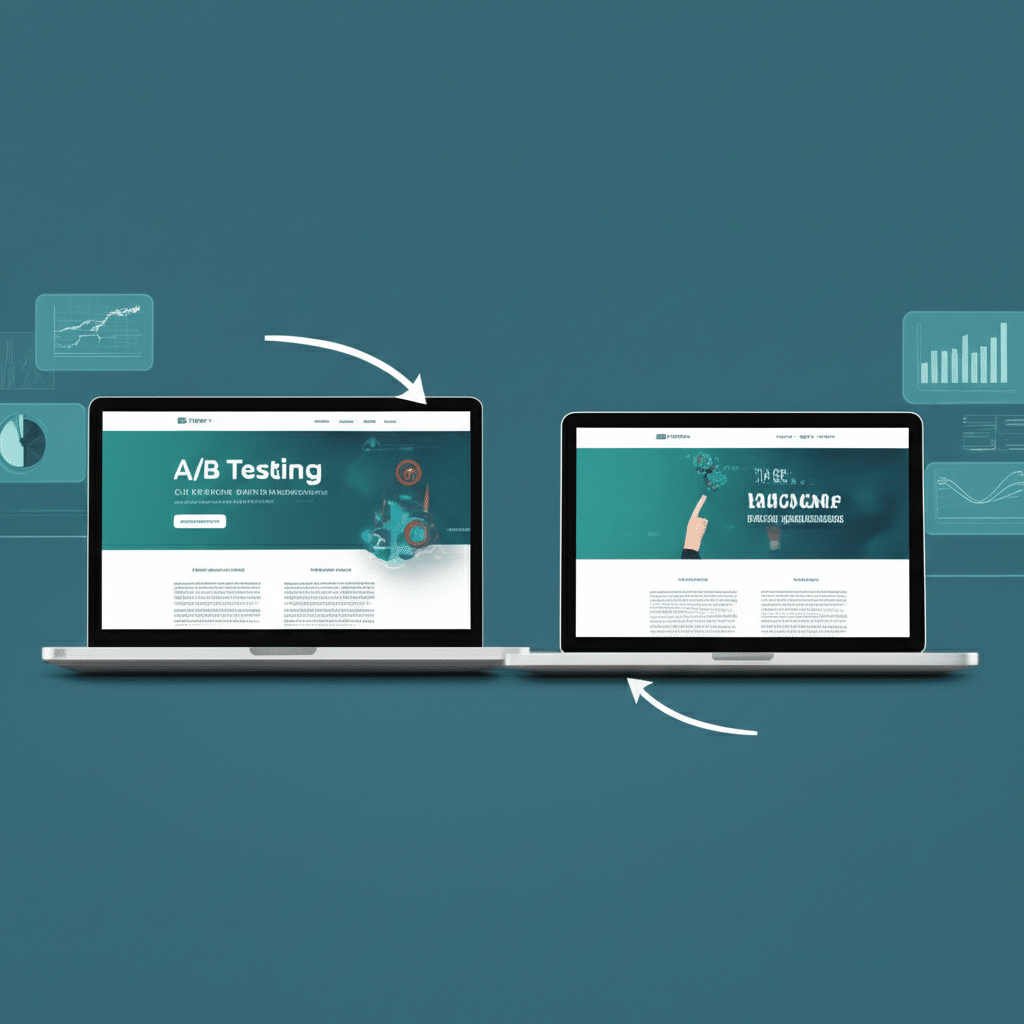A stunning website is more than just a digital storefront; it’s the heart of your online presence, the first impression for potential customers, and a powerful tool for achieving your business goals. But crafting such a website doesn’t happen by magic. It requires a well-defined website design process. This step-by-step guide will illuminate the path to creating a website that not only looks great but also functions flawlessly and delivers results.
Phase 1: Project Discovery and Planning
This initial stage of the website design process is crucial. It lays the groundwork for a successful project by defining goals, target audience, and scope. Think of it as the blueprint for your digital home. Start by thoroughly researching your target audience: their demographics, online behavior, and needs. Understanding your audience will inform design choices and ensure your website resonates with them. Next, define clear, measurable goals for your website. Are you aiming to increase sales, generate leads, or build brand awareness? Defining these objectives will guide the entire website design process.
Defining Scope and Budget
Clearly outlining the scope of your project – features, functionalities, and content – is essential for staying on track and within budget. Determine what functionalities are essential, which are desirable, and which can be added later. This will help you manage expectations and avoid scope creep. A well-defined budget will prevent overspending and ensure resources are allocated effectively.
Phase 2: Design and Prototyping
With a solid plan in place, the website design process moves to the exciting visual stage. This phase involves creating the look and feel of your website, ensuring it aligns with your brand identity and user experience goals.
Creating a Sitemap and Wireframes
A sitemap acts as a roadmap, outlining the structure and hierarchy of your website’s pages. This is crucial for both user navigation and search engine optimization. Wireframes, on the other hand, are low-fidelity representations of each page, focusing on layout and functionality rather than visual design. They allow you to test the usability and flow of your website before diving into the aesthetics.
Visual Design and Branding
This is where your brand’s personality shines through. Visual design encompasses elements like color palettes, typography, imagery, and overall aesthetic style. Ensure your website’s design aligns with your brand guidelines and creates a cohesive and engaging user experience.
Prototyping and User Testing
Creating a prototype – an interactive mockup of your website – allows you to test the design and functionality in a real-world setting. Gathering feedback from users during this stage is invaluable. User testing helps identify potential usability issues and allows for iterative improvements before development begins. This stage is crucial to refining the website design process and ensuring a smooth user experience.
Phase 3: Website Development
This is where the website design process transitions from concept to reality. The development phase involves bringing the approved design to life through coding and content creation.
Front-End and Back-End Development
Front-end development focuses on the user interface – what visitors see and interact with. This involves coding the visual elements, layout, and interactivity using HTML, CSS, and JavaScript. Back-end development handles the server-side logic, databases, and functionalities that power the website behind the scenes.
Content Management System (CMS) Integration
Choosing the right CMS is vital for managing your website content effectively. Platforms like WordPress, Drupal, and Joomla offer user-friendly interfaces for creating, editing, and publishing content without requiring extensive coding knowledge. Integrating a CMS simplifies the website design process, especially for ongoing content updates.
Phase 4: Testing and Launch
Before launching your website, rigorous testing is essential to ensure everything functions smoothly and provides a seamless user experience.
Functionality and Performance Testing
Thoroughly test all functionalities, forms, links, and interactive elements to ensure they work as intended. Performance testing assesses your website’s speed, responsiveness, and stability under different loads. A fast-loading, responsive website is crucial for user satisfaction and search engine rankings.
SEO Optimization and Content Review
Optimizing your website for search engines is essential for attracting organic traffic. This involves implementing on-page SEO techniques, such as keyword research, meta descriptions, and image optimization. Reviewing and refining your website content ensures it is engaging, informative, and aligned with your target audience’s needs.
Website Launch and Deployment
Once testing is complete, it’s time to launch your website! This involves deploying your website files to a web server and configuring domain settings. After launch, continue monitoring performance and user feedback to identify any areas for improvement.
Phase 5: Post-Launch and Maintenance
The website design process doesn’t end with the launch. Ongoing maintenance and optimization are crucial for keeping your website secure, up-to-date, and performing optimally.
Website Maintenance and Security
Regular updates, security patches, and backups are essential for protecting your website from vulnerabilities and ensuring its smooth operation. Implementing security measures like SSL certificates and firewalls is crucial for protecting user data and maintaining trust.
Performance Monitoring and Optimization
Continuously monitor your website’s performance using analytics tools to identify areas for improvement. Analyze user behavior, traffic sources, and conversion rates to optimize your website for better results.
Content Updates and SEO Refinement
Regularly updating your website content keeps it fresh, relevant, and engaging for visitors. Refining your SEO strategy based on performance data and evolving search engine algorithms helps maintain and improve your website’s visibility.
Following this comprehensive website design process ensures you create a website that not only looks fantastic but also effectively achieves your business objectives. It’s a journey that requires careful planning, meticulous execution, and ongoing optimization. So, what are your next steps in building your online presence?













